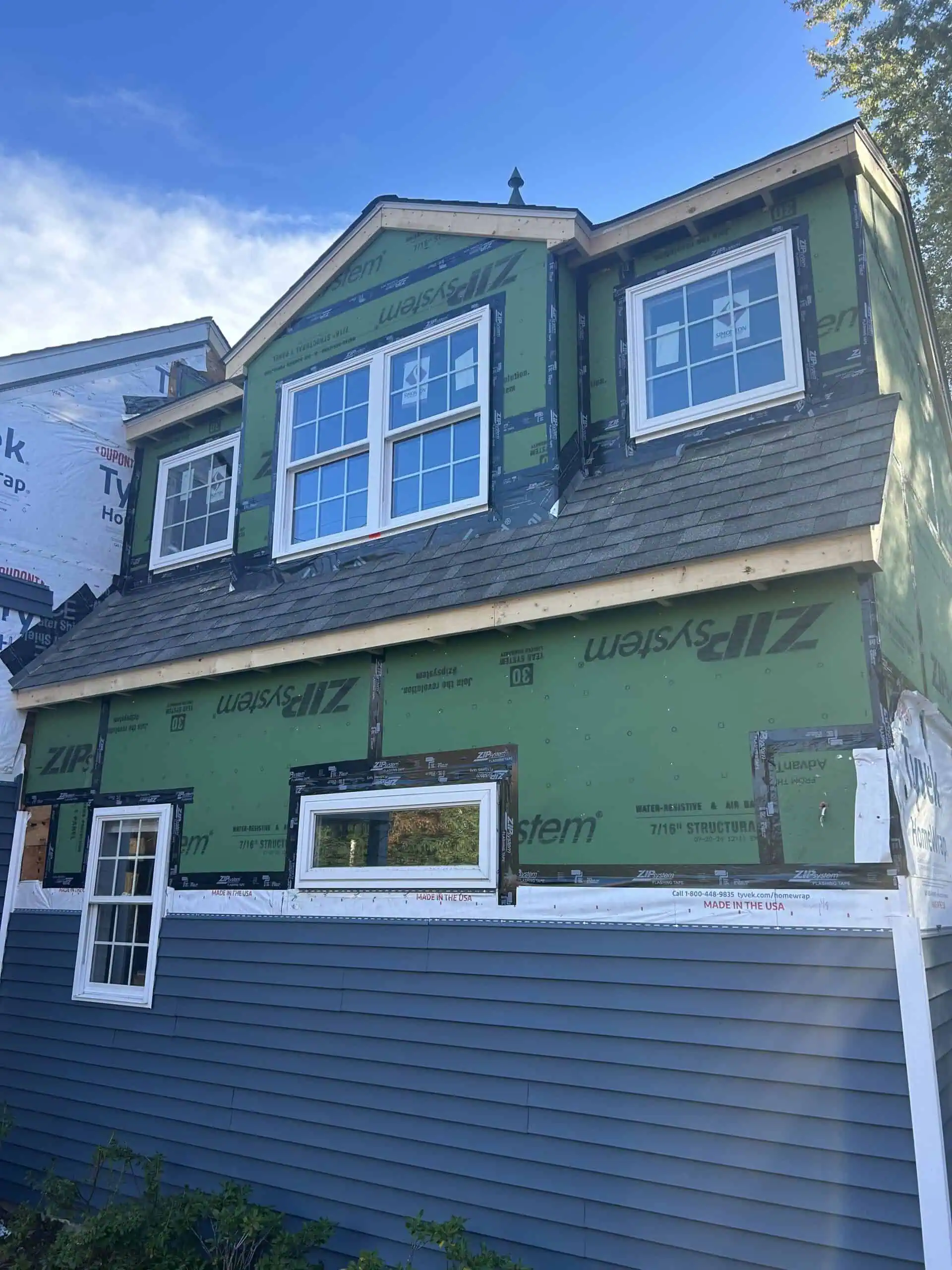Metal & Shingle Roofing Materials
When it comes to choosing a roofing material for your home, two of the most popular options are shingle roofing and metal roofing. Both offer distinct advantages and can enhance your home’s durability and aesthetic appeal. However, the right choice depends on various factors such as budget and your long-term goals for your home. In this article, we’ll break down the key differences between shingle and metal roofing to help you make an informed decision that best suits your needs.
Metal Roofing
Metal roofing comes in large sheets and is available with different pattern categories like corrugated metals and flat seam metal roofing. Flat seam metal roofing can be more expensive, however, it has an interlocking seam design that has several advantages such as having a watertight seal to help resist against the weather and is durable against strong winds or other elements.
Metal roofing can be more expensive initially however, it requires minimal maintenance over the years and can last up to 70 years. There is also potential for energy savings with metal roofing because it reflects the sunlight in the summer, keeping your home cooler during the hotter months.
The installation process of metal roofing can be challenging because of the different seam patterns and for that reason it is always best to consult a professional for installation, repair and maintenance.
Asphalt Shingle Roofing
Shingle roofing is the most common roofing and typically comes in sheets, stacks or rolls. Shingle roofing is an ideal choice for homeowners seeking a budget-friendly roofing solution. As one of the most popular types of roofing, shingles offer versatility to match any home style. Their easy installation process makes them a cost-effective option, while their unique design allows for quick, single-shingle replacements when needed. Whether you need new roofing or a shingle repair, this durable material is a top choice for quality and convenience.
While shingle roofing is popular for its affordability, it does come with some downsides. Shingles tend to have a shorter lifespan compared to metal roofing, typically lasting around 15-30 years depending on climate and maintenance. They are more susceptible to damage from extreme weather, such as high winds, hail and intense sun exposure, which can cause cracking or leaks. Homeowners may also find that shingle roofing requires more frequent repairs or replacements, which could increase long-term costs.

Need a New Roof?
Get on our roofing schedule today.
